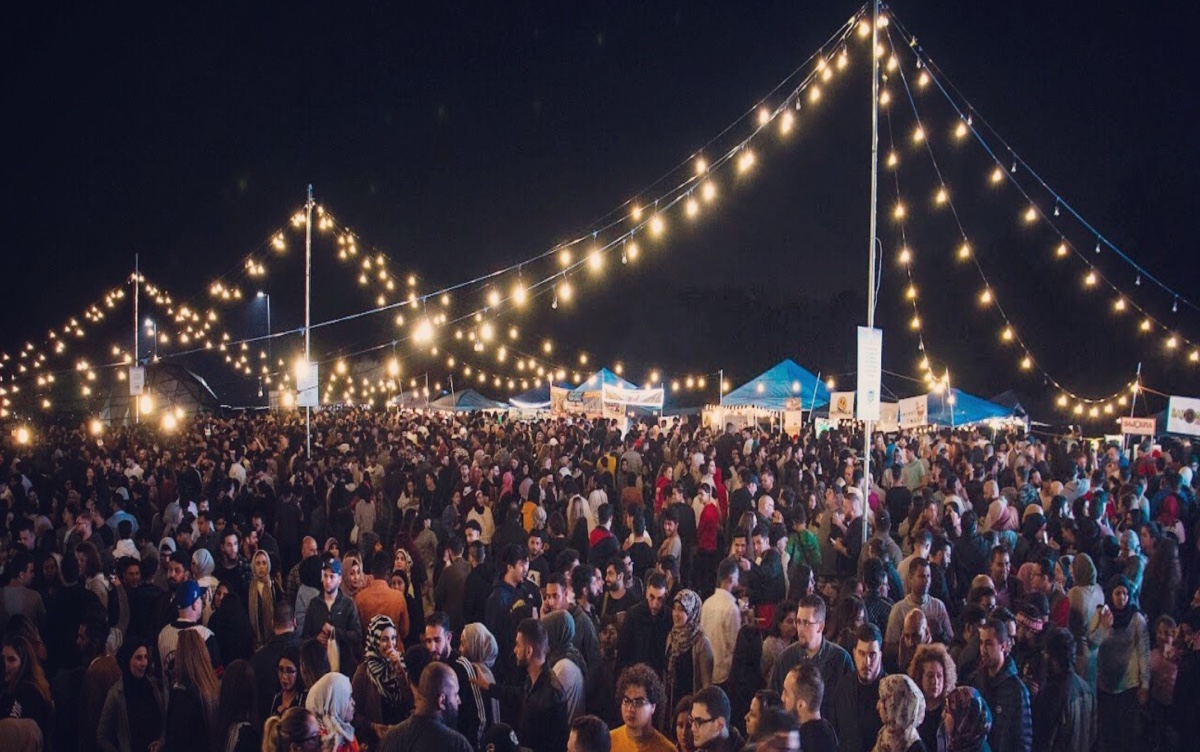Syrian Torture Images to Be Examined by UN Security Council
France to host meeting in hope of prompting referral of Syrian government to international criminal court for war crimes
By Ian Black, Middle East editor
 |
A Syrian flag flutters outside a military barrack in the Baba Amr neighbourhood of Homs. Photograph: Joseph Eid/AFP/Getty Images |
Photographs of about 11,000 Syrians said to have been tortured and killed by Bashar al-Assad’s forces are to be seen on Tuesday by members of the UN security council as part of an effort to prosecute the perpetrators for war crimes.
UN ambassadors are to view a selection of 55,000 digital images whose existence were first reported by the Guardian in January.
France, which is sponsoring the meeting, says the majority were collected by a Syrian military police photographer, code-named Caesar, who smuggled them out on flash drives when he defected and joined an anti-Assad opposition group.
The intention is that the evidence of large-scale atrocities will prompt a referral of the Syrian government to the international criminal court (ICC). The UN human rights commissioner, Navi Pillay, has been pushing the security council to refer Syria to the ICC but there is no consensus for such a step, with strong opposition from Russia and China. The Ukraine crisis has made any co-operation between the west and Russia even less likely than before.
Ten of the photos were publicly released in January in a study called the Caesar report, which was funded by the Gulf state of Qatar, one of the countries most deeply involved in the Syrian conflict and a major backer of the opposition. That link led some to doubt the report’s credibility. Syria’s justice ministry dismissed both photos and report as “politicised and lacking objectiveness and professionalismâ€, a “gathering of images of unidentified people, some of whom have turned out to be foreignersâ€.
Two of the report’s authors will brief the council: David Crane, an American who was first chief prosecutor of the special court for Sierra Leone, and Dr Stuart Hamilton, a British forensic pathologist. The third author was Sir Geoffrey Nice, lead prosecutor of former President Slobodan Milošević before the international criminal tribunal for the former Yugoslavia in The Hague. Russia and China have used their veto three times to block resolutions threatening sanctions against Syria. But the hope is that they may agree to an ICC referral if a resolution names both Syrian government officials and rebels as war crimes suspects, a diplomat told the Associated Press.
Caesar was a crime scene photographer for the Syrian military. When the civil war began in 2011, he and his colleagues were reassigned to photograph the tortured bodies of prisoners. Caesar told the investigators his job was “taking pictures of killed detaineesâ€. He did not claim to have witnessed executions or torture. But he did describe a highly bureaucratic system.
“The procedure was that when detainees were killed at their places of detention their bodies would be taken to a military hospital to which he would be sent with a doctor and a member of the judiciary, Caesar’s function being to photograph the corpses … There could be as many as 50 bodies a day to photograph which require 15 to 30 minutes of work per corpse,†the report said.
“The reason for photographing executed persons was twofold. First to permit a death certificate to be produced without families requiring to see the body, thereby avoiding the authorities having to give a truthful account of their deaths; second to confirm that orders to execute individuals had been carried out.â€
In the collection of images, each body was photographed four or five times, so the authors estimated that about 11,000 victims are pictured.
The forensic team found that in a representative sample of images they studied, 62% showed emaciation. Nineteen percent showed neck injuries, and “16% showed evidence of ligature marks on the neckâ€. Based on the systematic pattern of injuries, the report said: “There is clear evidence, capable of being believed by a tribunal of fact in a court of law, of systematic torture and killing of detained persons by the agents of the Syrian government.â€
The Guardian
16-17











2014
862 views
views
0
comments